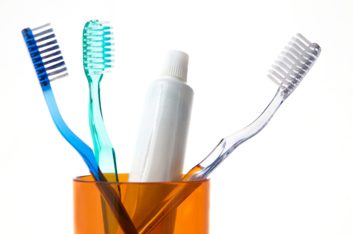
Tips to store your toothbrush
After your toothbrush has done its job, where do you stash it? Did you ever consider that the way you store your toothbrush can make a difference to your oral health? Whether you’re at home or travelling, these tips will help you keep your toothbrush – and consequently your mouth – in the best shape possible.

Rinse it well first
Before putting away your toothbrush, give it a good, thorough rinse with tap water. Make sure you’re not leaving any toothpaste or debris in the head of the brush.

Store your toothbrush upright
Let gravity do its job. Storing your toothbrush upright, in a cup or a holder, will allow the water drain away from the head of the brush.
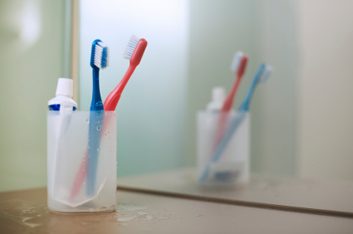
Store it out in the open
You want the brush to air dry thoroughly. So make sure it has access to good air circulation, and isn’t suffocating in a small drawer or cabinet when not in use. “If it stays moist, bacteria will grow in the toothbrush,” says dental hygienist Jacki Blatz, owner of Dentique Dental Hygiene Centre in Fort Saskatchewan, Alberta. “You’ll reinfect yourself if you have a cold, sore throat or even a canker sore,” she says.
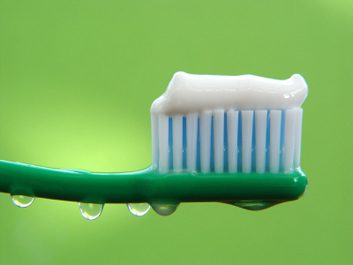
Keep your brush away from other toothbrushes
Don’t let toothbrushes touch each other if they belong to different family members. Bacteria on one brush can cross-contaminate another.
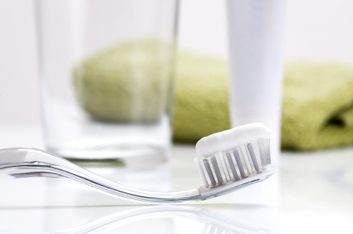
Avoid the toilet and sink
Now that you’ve got your brush out in the open, make sure it’s not too close to the sink. You don’t want it to get splashed with dirty or soapy water when family members are washing their hands. Likewise, keep the brush at least three feet from the toilet. Studies have demonstrated the “aerosol effect” of germs when a toilet is flushed. Enough said!
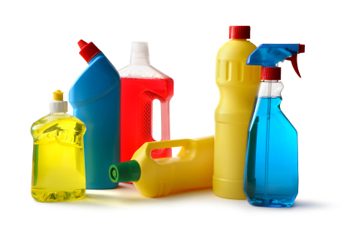
Keep it out of the path of cleaning products
If you keep household cleaners in the bathroom, make sure your toothbrush isn’t standing where it could get come in contact with harsh or toxic ingredients.
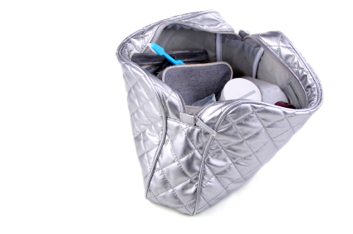
Consider your travel case
Be sure to select a large-enough travel case while you’re on the road. “Make sure that it’s not holding the brush really tightly inside,” says Blatz, “and that it has venting holes as well.” When you’re on the road, try to keep toothbrush out of its case as much as possible so it can dry thoroughly. You could keep it on the dashboard of your car, or take it out as soon as you get to your accommodations.
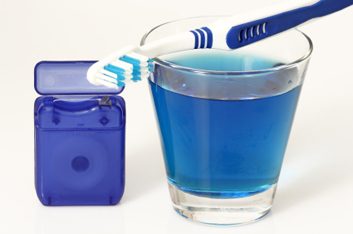
Is it wise to sanitize?
Although you can buy toothbrush sanitizers (usually a small countertop device), there’s no evidence that these make a difference to your health. They can, however, provide you with a safe zone for storing your brush. Also, there has been no study that shows soaking your brush in an antibacterial mouth rinse makes a difference.
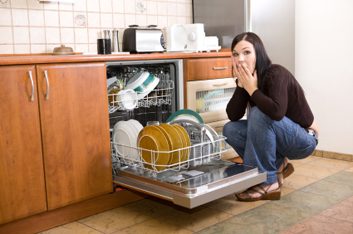
Kitchen appliances and toothbrushes don’t mix
If you’re tempted to try your microwave or dishwasher for cleansing or sterilizing your brush, don’t. These appliances can actually damage your toothbrush.
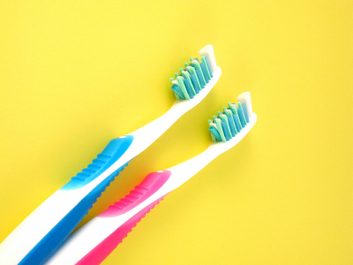
Know when to let a toothbrush go
Finally, know when enough is enough. Don’t hang on to your toothbrush if it’s showing wear or the bristles are splayed, which usually happens after about three months. It’s also time to replace the toothbrush if you’ve just gotten over a cold.
Related :
• How much do you know about toothbrushes?
• Dos and don’ts of choosing the right toothbrush
• 5 things your toothbrush wants you to know
